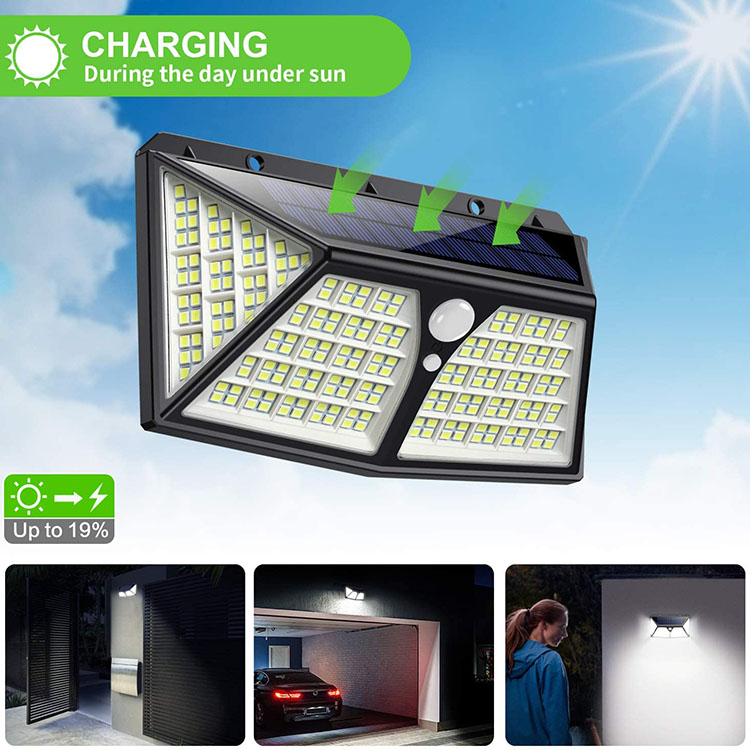time:2021-05-17 source:ZJ Lighting Views:124
Today, LED display screens are widely used in various fields, and the shadow of LED display screens can be seen everywhere in outdoor wall advertising, squares, stadiums, stages, and security fields. But the light pollution caused by its high brightness is also a headache. Therefore, as LED display manufacturers and users, some measures should be taken to reasonably set LED display brightness parameters and safety protection to reduce the negative impact caused by brightness. Next, let's learn about the brightness of LED display.
1. LED display brightness range
Generally, the brightness range of indoor LED display is recommended to be around 800-1200cd/m2, and it is best not to exceed this range. The brightness range of outdoor LED display is about 5000-6000cd/m2, which should not be too bright, and some places have already displayed outdoor LEDs. The brightness of the screen is limited.
For the display, it is not that the brightness adjustment is as high as possible. There should be a limit. For example, the maximum brightness of an outdoor LED display is 6500cd/m2, but youBut you have to adjust the brightness to 7000cd/m2, which is beyond the range it can bear, just like the capacity of a tire. If a tire can only be filled with 240kpa, you are afraid of air leakage or air pressure during driving. Not enough, you have to charge 280kpa, then you may not feel anything when you just drive, but after driving for a long time, because the tires cannot withstand such a large pressure, there may be malfunctions, and in serious cases, a puncture may occur. Phenomenon occurs.

Second, the negative impact of LED display brightness is too high
In the same way, the brightness of the LED display is appropriate. You can consult the LED display manufacturer to withstand the maximum brightness without negatively affecting the LED display, and then adjust it, but it is not recommended how high the brightness is. Just adjust it as high, if the brightness is adjusted too high, it will cause some negative effects.
(1) Will affect the service life of the LED display
Because the brightness of the LED display is related to the LED diode, and the physical brightness and resistance value of the diode have been set before the LED display leaves the factory, the higher the brightness, the greater the current of the LED diode, and the LED lamp is also It will work under such overload conditions. If this goes on, it will accelerate the life of the LED lamp and light attenuation.
(2) Will increase the power consumption of the LED display
The higher the brightness of the LED display, the higher the current of the module, and the greater the power of the entire screen, the greater the power consumption. If it is calculated as 1500W per hour (1000W is 1 kilowatt-hour), it will be used for 10 times a day. Hour, 1 kilowatt-hour of electricity is 1.5 yuan, 1 month and 30 days, then the annual electricity bill is: 1.5*10*1.5*30*12=8100 yuan; if it is calculated according to normal power, if it is calculated per hour 1.2 kWh of electricity, then the annual electricity bill is 1.2*10*1.5*30*12=6480 yuan. Comparing the two, it is obvious that the former is a waste of electricity.
(3) Damage to human eyes
The brightness of sunlight during the day is 2000cd. Generally, the brightness range of outdoor LED display is less than 5000cd. If it exceeds 5000cd, it is called light pollution, and it will cause great damage to human eyes. Especially at night, the brightness of the display will be too irritating. People’s eyeballs make people’s eyes unable to open. Just like at night, when the environment around you is very dark, suddenly someone shines your eyes with a flashlight, then your eyes will not open. Then, the LED display is equivalent to a flashlight. If you are driving, then there is May cause traffic accidents.